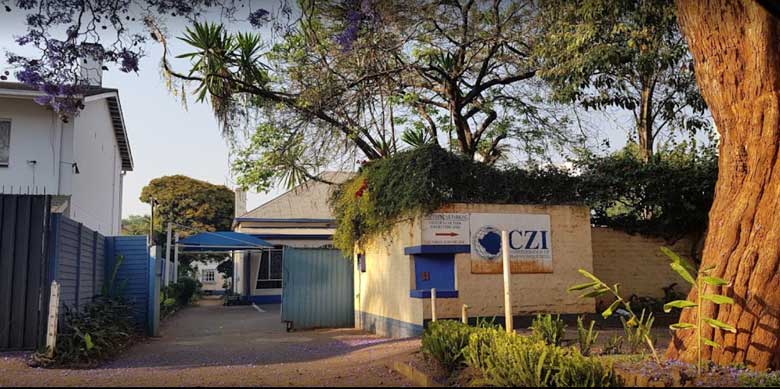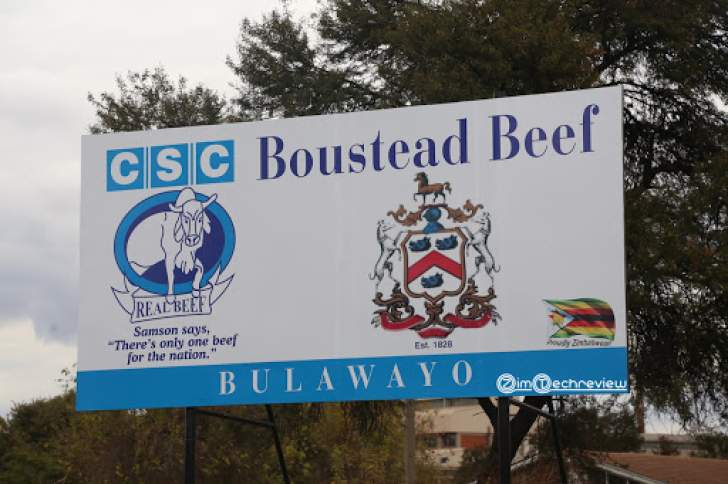
BY FREEMAN MAKOPA
ZIMBABWE has recently been hit by rolling blackouts. Consumers have been spending many hours without power.
This has affected companies, including those operating in the key mining sector.
The industry said during the Chamber of Mines of Zimbabwe annual general meeting two weeks ago that power outages must be addressed to boost the sector’s capacity.
In this interview with our business reporter Freeman Makopa (FM) Energy and Power Development permanent secretary Gloria Magombo (GM) explains the factors behind the power crisis.
Here is how their discussion turned up…
FM: Load-shedding has increased in the past few weeks. What challenges is Zimbabwe facing on the power front?
GM: The power deficit prevailing in the country is due to the fact that our generation capacity is lower than demand.
- Chamisa under fire over US$120K donation
- Mavhunga puts DeMbare into Chibuku quarterfinals
- Pension funds bet on Cabora Bassa oilfields
- Councils defy govt fire tender directive
Keep Reading
The gap increases during peak periods from 5am to 10am, as well as in the evening from 5pm-9pm.
Our current generation capacity is about 1500MW whilst maximum demand is expected to go above 1700MW due to increased economic activity and increased demand due to the cold weather.
During peak periods, our imports can reach up to 175MW.
This can be higher. Any supply challenges at any of our stations, especially thermals result in the need for increased imports.
If imports are not available, this results in load-shedding.
Once the system develops challenges and there are forced outages at power stations, engineers and artisans work round the clock to fix the fault.
But during times when we are affected by faults, we urge consumers to use energy efficiently and switch off unnecessary lights and plugs.
They must heat water using solar geysers or cook using other clean alternatives such us LPG or biogas.
I also urge all consumers to switch off power as they leave their workstations and leave only necessary power for security lighting.
I would urge Zesa to issue statements to the media especially during fault conditions so as to advise the public on challenges and how consumers can assist to alleviate the situation.
FM: How is Zimbabwe dealing with these problems?
GM: Faults are inevitable at power plants. These faults are largely mechanical.
They also occur in the system due electrical faults. However, the utility (Zesa) staff is on top of the situation.
They are usually able to normalise the situation within a day or more depending on the nature of the fault and damage.
Consumers are urged to report faults timeously.
FM: Tell us about load-shedding.
GM: Additional imports are procured from neighbouring countries if they have excess power to make up for lost capacity.
In cases where neighbouring utilities are also constrained, we shed load by disconnecting some areas until the situation is resolved.
Load-shedding is done in such a manner that essential services, security, industry and other productive sectors get priority in supply.
They are not cut off and non-productive sectors, including domestic load are shed first.
This is key to ensure that we have minimum disruptions to economic activities.
FM: Would you please shed more light on power imports?
GM: Sadc is largely a networked region through the Southern African Power Pool as part of strategic engagement to improve power supply in the region.
All countries in the region are facing power deficits and power imports and exports are taking place via the SAPP network.
Though any country can import power from any utility or independent power producers that participates on the SAPP market, Zimbabwe has traditionally been importing power from HCB (in Mozambique) and Eskom (in South Africa) through bilateral contracts.
FM: Previously, there had been reports that Zesa had failed to service debts for imported power. What is the situation now?
GM: Yes the country is current on the Eskom bills, whilst Zesa is working on facilities to ensure the EDM (of the Democratic Republic of Congo) and HCB bills are met.
We urge customers to pay their bills to Zesa, especially post- paid customers, on time. Settlement of bills will help ZETDC (Zimbabwe Electricity Transmission and Distribution Company) pay its suppliers. Customers should report power theft and vandalism.
FM: Hwange Thermal Power Station has been undergoing a US$1,5 billion upgrade. Is the project on track?
GM: The Hwange Power Station expansion programme is on-going.
It is slightly above 65%, which is slight behind target due to delays resulting from work stoppages and manufacturing delays caused by the Covid-19 pandemic in 2020.
Work schedules are being reviewed.
Work is currently underway to ensure resources are increased whilst Covid-9 restrictions are observed.
The first unit of 300MW is expected to be commissioned in 2022.
This will bring more stability to our supply situation.
The impact of Covid-19 was unexpected and just like all the sectors, the power sector was also affected in a great measure resulting in delays to complete the power projects.
However, I am happy to announce that ZPC managed to bring both Units 3 and Unit 6 after the long outages.
Unit 3 is generating power whilst Unit 6 went off due to boiler tube leaks and is expected back on the 19th of June 2021.
FM: Tell us about developments around independent power producers (IPPs).
There has also been concern that several of them have been licenced, but very few have set up their plants.
GM: Currently there are 20 operational IPPs that are generating for own consumption, banking into the grid or with PPAs (power purchase agreements) with the power utility.
There are about five IPPs that are likely to be commissioned before the end of the year, adding 71,5MW to the grid.
Some electricity will be from a thermal plant whilst 21MW will be from solar PV plants Solgas (5MW), Guruve (5.5MW), Harava (6MW) and Richaw (5MW).
As for next year, the expectation is that about five more may be commissioned as well.
We also have a number of projects in the agricultural estates and private sector rooftop which are under construction.
FM: Small thermal power stations have been affected by coal stockouts. How can this be addressed?
GM: Coal stock outs were resolved and the small thermals are running.
ZPC (Zimbabwe Power Company) has put in place strategies to ensure sufficient stocks and is working closely with the National Railways of Zimbabwe on use of rail as the preferred mode of transport for coal.
The power system is live and dynamic and changes happen every day any minute.
Updates and changes which affect supply to customers will be communicated by Zesa.
The ministry is working on developing policies and programmes that will ensure universal access to modern energy by 2030 where no one will be left behind.
This is through incentives for renewables and other conditions to facilitate private sector participation in power generation and acceleration of rural electrification.
With renewable energy, most consumers can supply their own power and supply excess to the grid whilst reducing their bills.
The ministry is also developing a policy on energy efficiency and e-mobility framework in line with international developments.
FM: It means there is so much taking place.
GM: The energy sector is in transition towards renewables and distributed systems and various technological developments now allow consumers to self- supply and switch to efficient equipment through low cost renewable solutions whilst storage still remains expensive.
We urge farmers to use solar pumping systems for irrigation which will allow for long term profitability whilst households migrate to solar water heating and gas heating.
Vandalism and theft of power need to stop and we need the public and consumers in general to protect their infrastructure as loss of transformers and cables results in prolonged outages and poor service delivery.










